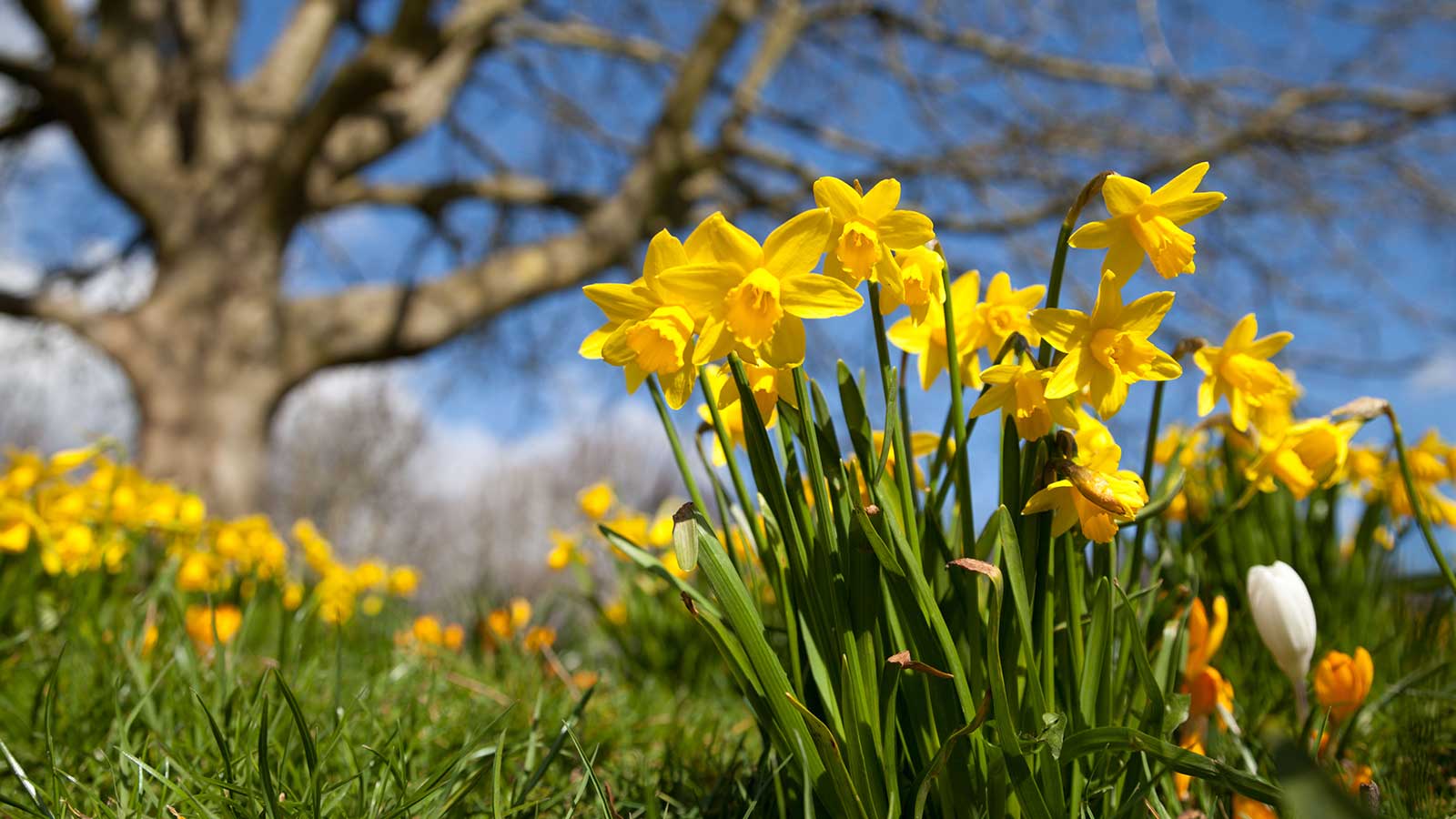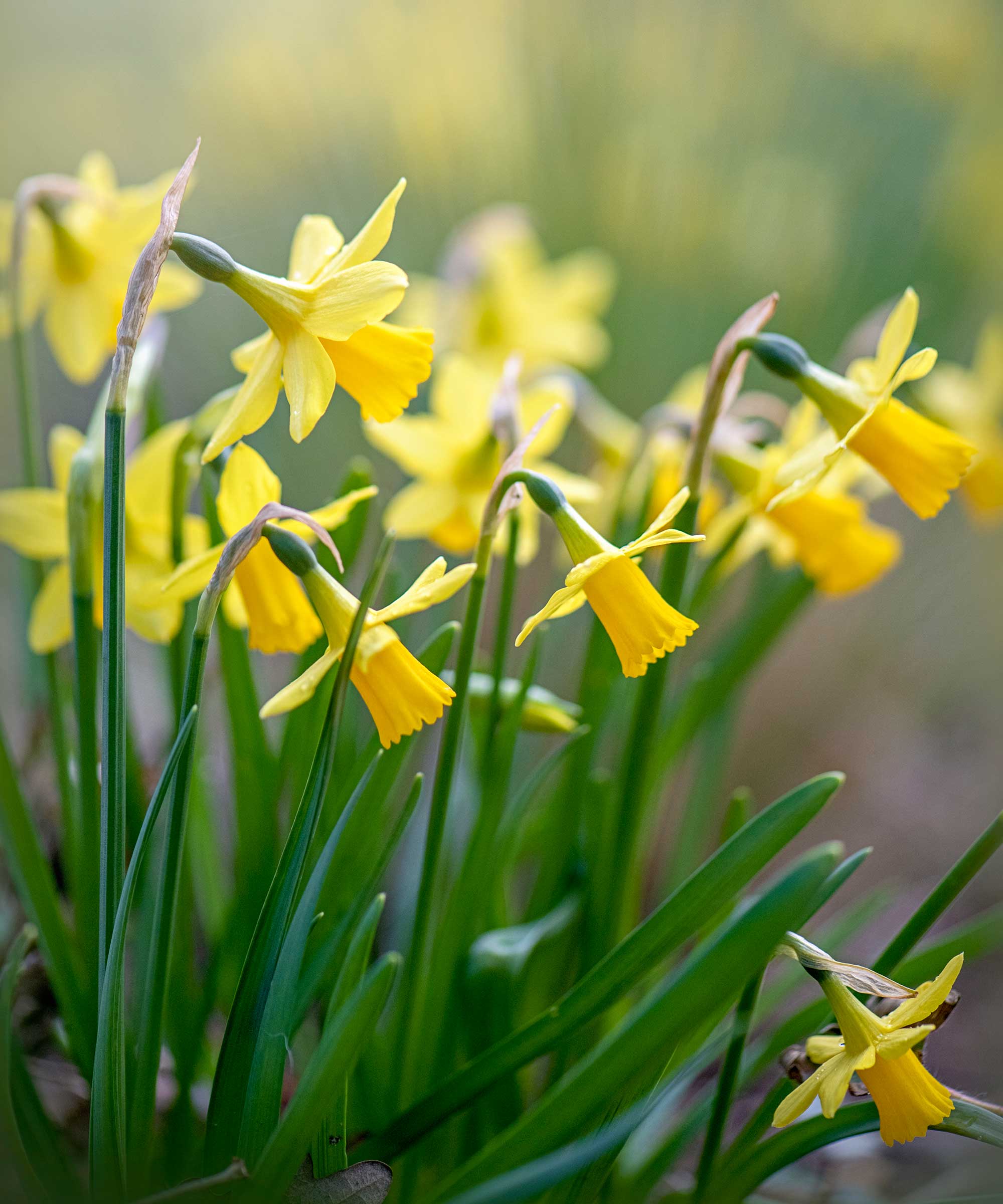
Daffodils are some of the earliest spring flowers we get to enjoy in the yard, brightening up our gardens after the dark days of winter. This also means they're some of the first flowers to fade away. At that point, you may be wondering if it's time to transplant daffodils ready for next year.
However, when it comes to planting daffodil bulbs and growing them correctly, it's all about getting the timing right. This includes knowing exactly when to lift the bulbs out of the ground or a pot to replant elsewhere - transplanting them too soon after flowering could hinder their performance next spring.
Luckily, there is one obvious sign to look out for, and it's all to do with foliage. Here, we take a closer look at how to get the transplanting timing right.
When to transplant daffodils

Daffodils tend to bloom from February to March, sometimes into April or even a bit later if you planted daffodil bulbs in March. When their blooms start to fade, it can be tempting to start transplanting them. However, Homes & Gardens' Gardens Content Editor, Drew Swainston, advises to not be so hasty.
'Letting daffodils finish flowering and giving enough time for the foliage to die back completely is key to daffodils transplanting happily,' he says.
Therefore, it isn't quite time to transplant daffodils if the flowers have died back but the foliage is still green and healthy. Instead, you need to wait a bit longer so the daffodils can keep storing energy.
'Once the foliage turns yellow and naturally dies back, the plant has finished storing energy in the bulbs for next year to use the following spring,' Drew explains.
'It would be a mistake to transplant daffodils before the foliage has died back. They may not sprout in their new home without sufficient stored energy,' he warns
You can help with energy storage by deadheading daffodils. This stops the plant spending energy on faded flowers, focusing on bulb energy storage instead. Use essential pruning tools, like these pruning shears from Amazon, to remove spent blooms.
'It's best to only lift the daffodil bulbs in early summer and replant at the same depth,' Drew advises.
Shop essential transplanting tools
This ergonomic hand trowel ideal for a variety of gardening tasks, including lifting bulbs for transplanting. It's rust-resistant and is made from aluminium.
Use this garden fork tool to loosen soil when lifting bulbs for transplanting. It is made from stainless steel and is rust-resistant.
Use this tool to replant your transplanted daffodil bulbs. It has a depth marker so you can ensure you have planted your bulbs correctly.
FAQs
Should you cut daffodil foliage back?
If you have chosen to leave daffodil bulbs in the ground, it's wise to cut back daffodils once their foliage has turned yellow. This will help the bulbs store energy until the next spring season. If you are transplanting daffodils, you shouldn't cut their foliage back until it has yellowed, allowing it to die back naturally before lifting the bulbs.
Getting the transplanting timing wrong can be detrimental to the health of these perennials, so it's a bulb planting mistake to be aware of. When you do get around to transplanting daffodils, it can also be a good opportunity to divide the plants and propagate your daffodils.







